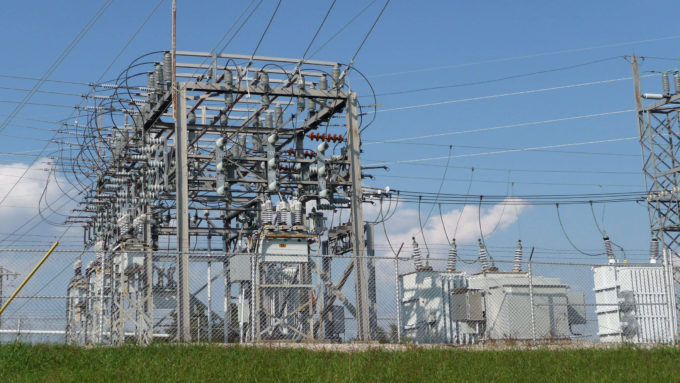Case Study
FlexZone® now standard for protecting substations

In 2013, after years of false alarm issues with photobeam-based security systems along perimeter fences, a major US electrical utility company was in the market for a reliable intrusion detection solution to secure its electrical substations.
A meeting with Senstar set in motion a relationship that has grown into a multi-product, multi-site partnership that will eventually secure substations supplying electricity for 95% of a state’s residents.
The Challenge
Photobeam technology is not a good fit for variable weather conditions. Strong winds, heavy precipitation, and intense UV radiation can wear down equipment and cause false alarms. A high occurence of false alarms puts a strain on human resources, from the time required to investigate and manage the alarms, to the risk of real threats not being treated with adequate priority.
The challenge of this project was to find a reliable perimeter intrusion detection system that could stand up to variable weather conditions and produce a low Nuisance Alarm Rate (NAR), as well as complement the sites’ video analytics.
The Solutions
Senstar’s FlexZone ranging fence-mounted sensor addressed all elements of the challenge. FlexZone detects and locates any attempt to cut, climb or otherwise break through the fence over a distance of up to 600 m (1,968 ft) per sensor processor, and within 3 m (or 10 ft) of accuracy. It accurately locates intrusions even when there are multiple simultaneous intrusions and in the presence of background environmental noise. One processor can support up to 60 distinct, customizable zones. Both power and data can run over the sensor cables, minimizing infrastructure requirements, and advanced Digital Signal Processing (DSP) enables FlexZone to adapt to a wide variety of fence types.
Environmentally Derived Adaptive Processing Technology (EDAPT) ensures the FlexZone processor captures a precise picture of the fence signal and enables advanced algorithms to discriminate between intrusion signals and environmental noise. This maximizes the probability of detection while virtually eliminating nuisance alarms caused by environmental effects such as wind or rain. FlexZone also easily integrates with other security system elements, including video analytics.
The Result
FlexZone has have proven very successful for this major US electrical utility company.
For example, soon after the first FlexZone installation, four major weather systems hit within a short period of time. While the video analytics systems recorded several nuisance alarms due to high winds, driving rain and blowing debris, FlexZone recorded none. In another example, with FlexZone on the fence and video analytics protecting the gates, guards missed a breach of a gate assuming it was another false alarm. It was only when FlexZone picked up the disturbance and sent an alert that guards took the threat seriously. As a result, FlexZone is now being installed on gates at the substations too.
“Our FlexZone systems have been going strong for a couple of years now and it is one of our Command Center operators’ favorite security modules,” said a utility company representative. “I can’t even remember the last time we had a false alarm on those systems.”
Because of its results, FlexZone is now standard for all of the utility company’s Tier 1 and Tier 2 substations.
The utility company and Senstar continue to work on plans for protecting other substations throughout the state.
